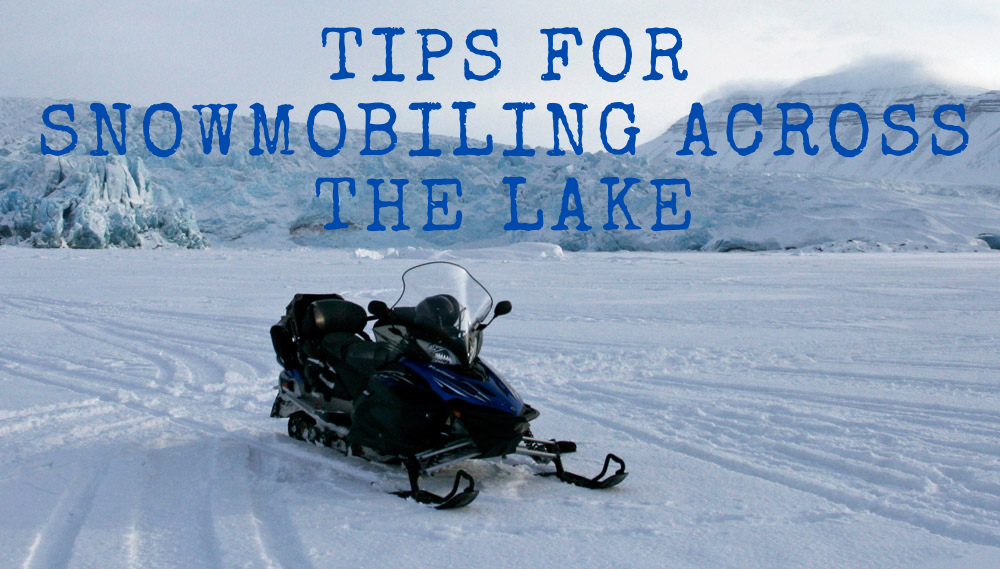
Snowmobiling is a popular winter activity, especially around lakes and mountains. Snowmobiling across the lake can be very dangerous and can even lead to death, so it is important that you take the proper safety precautions.
Accident reports from Wisconsin and Minnesota found that 30% of all snowmobile-related fatalities occurred on a frozen lake or river. We were most surprised to find that of these fatalities only 25% resulted from breaking through the ice. The other 75% resulted from collisions with fixed objects, such as docks, rocks, ice huts or bridges, or other snowmobiles and vehicles.
Here are some tips to help avoid a snowmobiling accident…
Don’t drink and ride–
Drinking always impairs judgment. And whether this means not checking ice conditions or driving too fast, lack of judgment and frozen (or not frozen) water can be deadly.
Slow down (and slow down even more at night)-
Especially at night, it’s hard to know what’s out there on the lake. Whether sketchy ice, a bridge column or an ice fishing hut, you won’t see it in time if you override your headlight.
It is best to stay off the ice after dark or in low visibility. The 8 years of accidents in Wisconsin 76% were after dark. There are two big risks here: not seeing thin ice/open water until it is too late and going too fast and hitting an object or losing control of the sled.

Don’t ride alone. And make a ride plan-
Riding with a buddy can be a lifesaver in any number of situations. Even if you are travelling with a friend, tell someone else your plan and check in when you arrive safely.
Ice Assessment-
Talk to the locals about known and expected problems. Make your own assessment of the ice: thickness, degree of thaw, recent weather history, stream and river flows and known problems like ridges, open water, holes, thin ice, etc. Expect to find problems you did not anticipate. Some ice problems are hard to spot, especially with snow on the ice.
Minimum Thickness-
A snowmobile needs at least 5” of cold, hard ice and a lot more if it is warm. Warm weather from several days ago may affect the uniformity and strength of the ice today. More
Changing conditions: Don’t expect the ice to be the same as it was last year at the same time or last week or, in some cases, even a few hours ago.
Changing conditions-
Don’t expect the ice to be the same as it was last year at the same time or last week or, in some cases, even a few hours ago.

Float coats-
These snowmobile coats keep you warm while also employing a special floatation element which could save your life if you fall through the ice.
Ice picks-
Wearing a set of ice picks, or awls, around your neck and threaded through the arms of a jacket won’t take up much space or weight to snowmobile riders. According to the website www.saferiderssafetyawareness.org, if you happen to fall through the ice, the picks will be right at your wrists covered by your jacket sleeves.
Flares or beacons-
A set of flares or an avalanche beacon can be very helpful if an accident on the ice occurs by alerting would-be rescuers where you are located.
Owning a lake home doesn’t mean the fun has to end at the end of the summer… Snowmobiling is one of the best winter activities to do with friends and family. Just make sure you are following these tips and making sure the ice is thick enough if you are going over a lake or river to keep safe.
